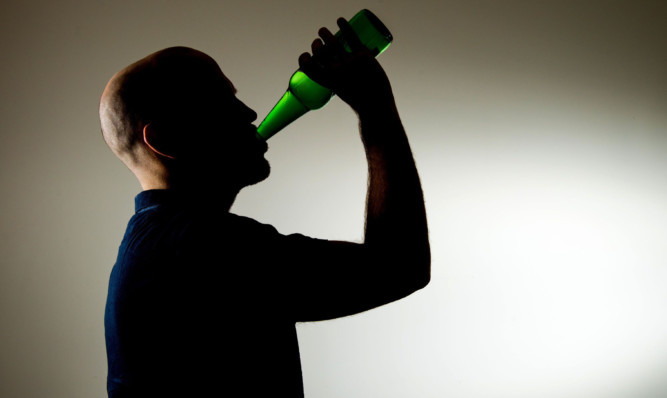Middle-aged Britons are more likely than young adults to exceed alcohol limits, a study has found.
An estimated 3.4 million people aged 45 to 64 regularly drink above the lower risk limits – defined as up to 14 units a week for women, and 21 for men – despite many recognising the potential health harms.
The alcohol education charity Drinkaware found around one-third of the older group drink to increasing or high-risk levels – more than 35 units per week for women, and more than 50 units for men – compared with one-fifth of 18 to 24-year-olds.
According to experts, who based their research on a survey of 2,294 adults aged 18-75 living in the UK, the older group represents the country’s “hidden drinkers”.
Two-thirds of increasing or higher risk middle-aged drinkers drink four or more times a week.
While most say they are not getting drunk, these middle-aged drinkers are in fact consuming alcohol at levels associated with serious health problems, including liver disease and cancer, the charity said.
Elaine Hindal, Drinkaware chief executive, said: “In contrast to public perceptions that young adults are the more risky drinkers in the UK, in fact over the course of the week, their parents’ generation are drinking more.
“Our research shows that 45 to 64-year-olds could potentially be sleepwalking into long term health problems as a result of their drinking patterns.
“Regularly drinking above the lower risk limits can increase your tolerance to the short-term effects of alcohol – but not to the strain it’s putting on your liver. As your tolerance increases, you’re more likely to drink more.
“This habitual behaviour could also put you at an increased risk of becoming alcohol dependent. Just because you don’t feel like you are drinking enough to get drunk, doesn’t mean you aren’t damaging your health.
“This is one of the main reasons it’s important to give your liver a break by taking regular days off from drinking.”
More than half (59%) of middle-aged drinkers said they do not want guidance on how to moderate their intake, compared with just over a third (37%) of 18 to 24-year-olds who drink.
Drinkaware said middle-aged drinkers may think their drinking is not harmful because they are not experiencing negative consequences associated with drunkenness.
However, when asked, one in six (17%) of 45 to 64-year-old drinkers said they had a feeling of guilt or remorse after drinking and one in 10 (11%) said they failed to do what was normally expected of them because of their drinking.
